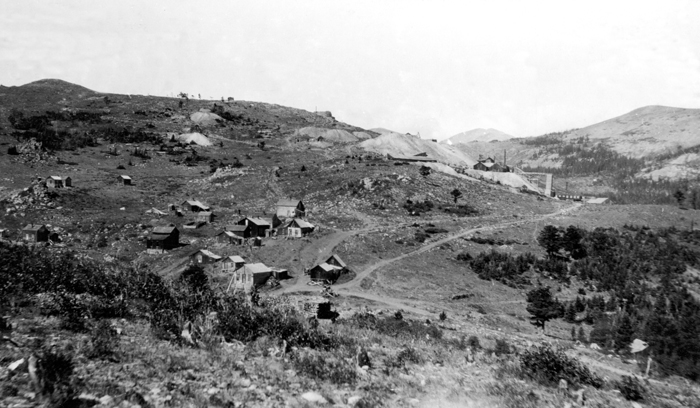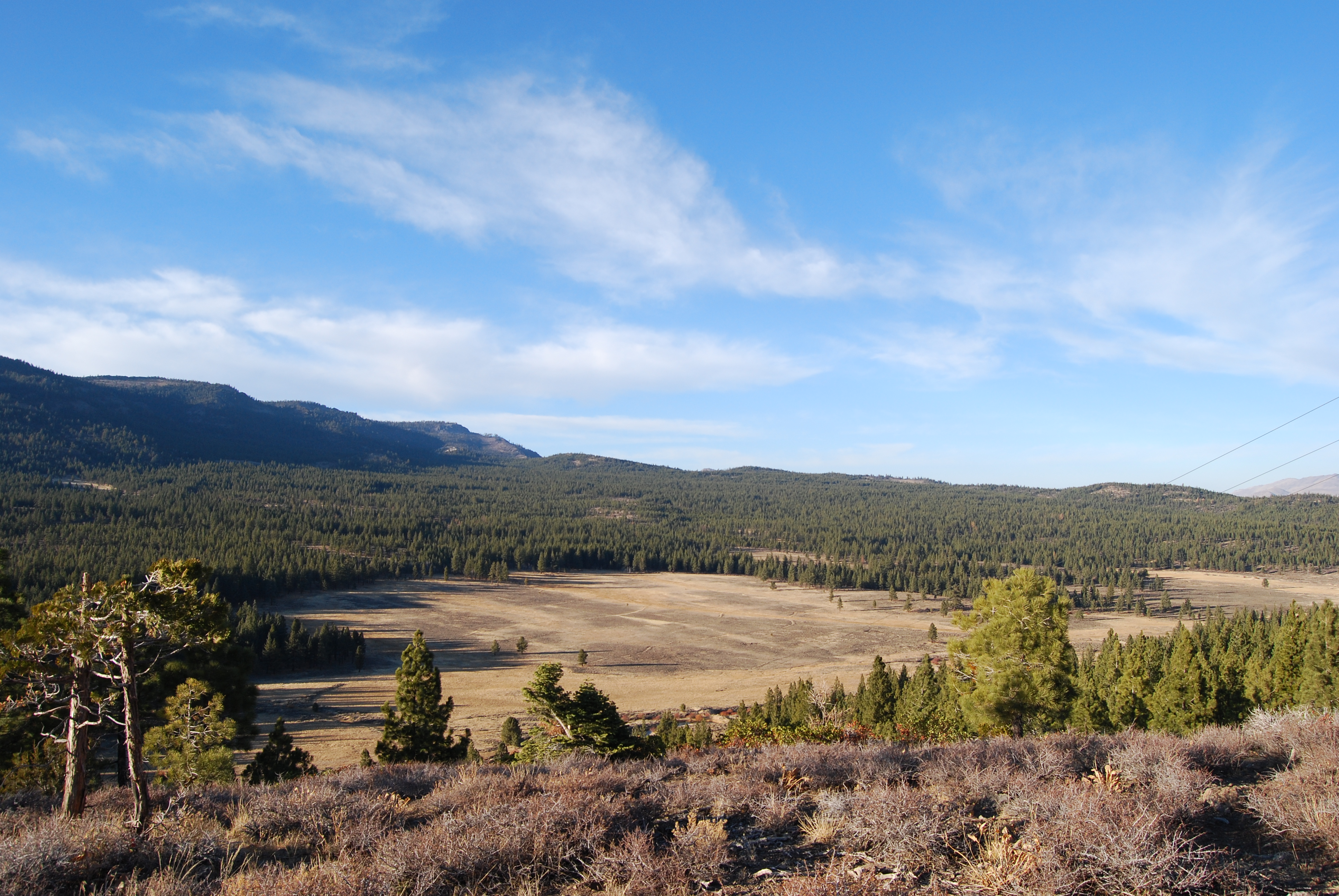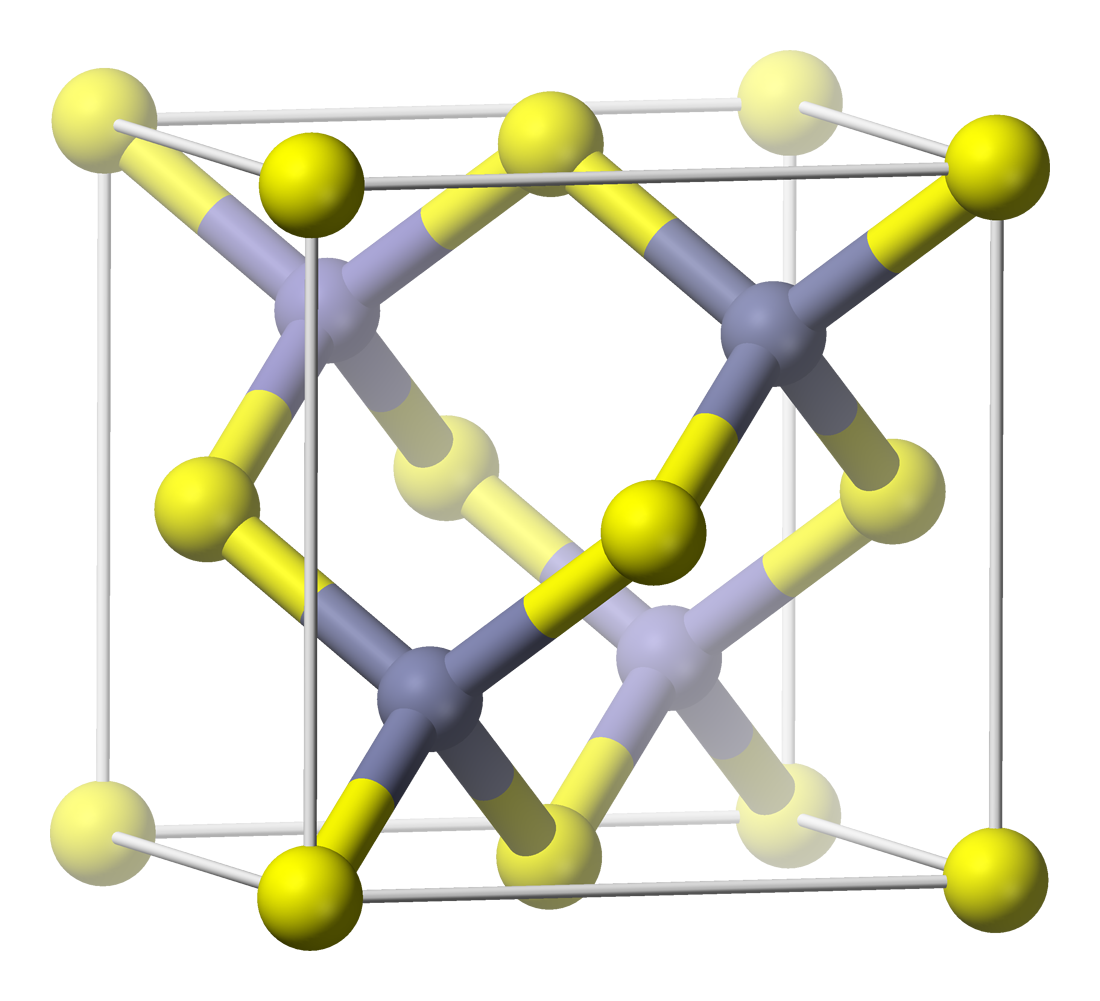|
Pan Amalgamation
The pan amalgamation process is a method to extract silver from ore, using salt and copper(II) sulfate in addition to mercury. The process was widely used from 1609 through the 19th century; it is no longer used. The patio process had been used to extract silver from ore since its invention in 1557. One drawback of the patio process was the long treatment time, usually weeks. Alvaro Alonso Barba invented the faster ''pan'' process (in Spanish the ''cazo'' or ''fondo'' process) in 1609 in Potosí, Bolivia, in which ore was mixed with salt and mercury (and sometimes copper(II) sulfate) and heated in shallow copper vessels. The treatment time was reduced to 10 to 20 hours. Whether patio or pan amalgamation was used at a particular location often depended on climate (warmer conditions speeded the patio process) and the availability and cost of fuel to heat the pans. The amount of salt and copper(II) sulfate varied from one-quarter to ten pounds of one or the other, or both, pe ... [...More Info...] [...Related Items...] OR: [Wikipedia] [Google] [Baidu] |
Silver
Silver is a chemical element; it has Symbol (chemistry), symbol Ag () and atomic number 47. A soft, whitish-gray, lustrous transition metal, it exhibits the highest electrical conductivity, thermal conductivity, and reflectivity of any metal. Silver is found in the Earth's crust in the pure, free elemental form ("native metal, native silver"), as an alloy with gold and other metals, and in minerals such as argentite and chlorargyrite. Most silver is produced as a byproduct of copper, gold, lead, and zinc Refining (metallurgy), refining. Silver has long been valued as a precious metal. Silver metal is used in many bullion coins, sometimes bimetallism, alongside gold: while it is more abundant than gold, it is much less abundant as a native metal. Its purity is typically measured on a per-mille basis; a 94%-pure alloy is described as "0.940 fine". As one of the seven metals of antiquity, silver has had an enduring role in most human cultures. Other than in currency and as an in ... [...More Info...] [...Related Items...] OR: [Wikipedia] [Google] [Baidu] |
Reese River
The Reese River is a tributary of the Humboldt River, located in central Nevada in the western United States. The Reese rises in the southern section of the Toiyabe Range, on the flanks of Arc Dome. In its upper reaches, the Reese River is a fast-flowing mountain stream surrounded by relatively lush growth, including Aspen groves and cottonwood trees. It then flows north between the Toiyabe Range and the Shoshone Mountains for approximately half its length. The river then passes through a low point in the Shoshone Mountains and continues north between that range and the Fish Creek Mountains. Once it exits the Toiyabe Range, it becomes a slow, muddy stream, and its waters are used for irrigation by scattered farms and ranches along its lower reaches. Although considered a tributary of the Humboldt, in most years, the Reese dwindles into a chain of shallow pools long before it reaches the main stem. Only during infrequent floods does the Reese contribute water to the Humbol ... [...More Info...] [...Related Items...] OR: [Wikipedia] [Google] [Baidu] |
Reducing Agent
In chemistry, a reducing agent (also known as a reductant, reducer, or electron donor) is a chemical species that "donates" an electron to an (called the , , , or ). Examples of substances that are common reducing agents include hydrogen, carbon monoxide, the alkali metals, formic acid, oxalic acid, and sulfite compounds. In their pre-reaction states, reducers have extra electrons (that is, they are by themselves reduced) and oxidizers lack electrons (that is, they are by themselves oxidized). This is commonly expressed in terms of their oxidation states. An agent's oxidation state describes its degree of loss of electrons, where the higher the oxidation state then the fewer electrons it has. So initially, prior to the reaction, a reducing agent is typically in one of its lower possible oxidation states; its oxidation state increases during the reaction while that of the oxidizer decreases. Thus in a redox reaction, the agent whose oxidation state increases, that "loses/Electron d ... [...More Info...] [...Related Items...] OR: [Wikipedia] [Google] [Baidu] |
Silver Cliff, Colorado
The Town of Silver Cliff is the Colorado municipalities#Statutory town, Statutory Town that is the List of municipalities in Colorado, most populous municipality in Custer County, Colorado, Custer County, Colorado, United States. The population was 609 at the 2020 United States census, 2020 census, up from 587 in 2010. History Silver Cliff was formed in the late 1870s to house the miners of its namesake, the Silver Cliff mine, and other silver mines in the neighborhood, such as the Bull-Domingo. The town, incorporated in 1879, had 5,040 residents by the 1880 census, making it the third most populous town in Colorado, after Denver and Leadville, Colorado, Leadville. Silver Cliff was the county seat from 1886 (when the town won the seat from Rosita, Colorado, Rosita) to 1928 (when the seat moved to nearby Westcliffe, Colorado, Westcliffe). The Silver Cliff mine, also known as the Geyser mine, is on the hill immediately north of the town. Although a large operation that employed ... [...More Info...] [...Related Items...] OR: [Wikipedia] [Google] [Baidu] |
Caribou, Colorado
Caribou is an extinct silver mining town located near Nederland in Boulder County, Colorado, United States. It was named after the nearby Caribou silver mine. The unincorporated community of Caribou City and the former Caribou Ranch recording studio are located east of the ghost town. History 1861 to 1969 A prospector named Conger discovered placer gold downstream from Caribou in 1861. He eventually followed the gold up Coon Trail Creek, and discovered the first silver vein in what later became the Caribou district. Caribou was established about 1870 to house miners from the Caribou silver mine.Voynick, S.M., 1992, Colorado Gold, Missoula: Mountain Press Publishing Company, The Caribou, Colorado, post office operated from January 31, 1871, until March 31, 1917. The town had one church, three saloons, a brewery, and its own newspaper, the Caribou ''Post''. The Caribou mine was sold for $3 million in 1871 to Dutch investors, but the new owners found that the best ore ha ... [...More Info...] [...Related Items...] OR: [Wikipedia] [Google] [Baidu] |
Georgetown, Colorado
Georgetown is the List of municipalities in Colorado#Territorial charter municipality, territorial charter municipality that is the county seat of Clear Creek County, Colorado, Clear Creek County, Colorado, United States. The town population was 1,118 at the 2020 United States census. The former silver mining camp along Clear Creek (Colorado), Clear Creek in the Front Range of the Rocky Mountains was established in 1859 during the Pike's Peak Gold Rush. The federally designated Georgetown-Silver Plume Historic District comprises Georgetown, the neighboring town of Silver Plume, Colorado, Silver Plume, and the Georgetown Loop Railroad, Georgetown Loop Historic Mining & Railroad Park between the two towns. The Georgetown United States Postal Service, Post Office has the ZIP code 80444. The town sits at an elevation of above sea level, nestled in the mountains near the upper end of the valley of Clear Creek in the mountains west of Denver along Interstate 70 in Colorado, I-70. Alth ... [...More Info...] [...Related Items...] OR: [Wikipedia] [Google] [Baidu] |
Silver Chloride
Silver chloride is an inorganic chemical compound with the chemical formula Ag Cl. This white crystalline solid is well known for its low solubility in water and its sensitivity to light. Upon illumination or heating, silver chloride converts to silver (and chlorine), which is signaled by grey to black or purplish coloration in some samples. AgCl occurs naturally as the mineral chlorargyrite. It is produced by a metathesis reaction for use in photography and in pH meters as electrodes. Preparation Silver chloride is unusual in that, unlike most chloride salts, it has very low solubility. It is easily synthesized by metathesis: combining an aqueous solution of silver nitrate (which is soluble) with a soluble chloride salt, such as sodium chloride (which is used industrially as a method of producing AgCl), or cobalt(II) chloride. The silver chloride that forms will precipitate immediately. : : It can also be produced by the reaction of silver metal and aqua regia; howev ... [...More Info...] [...Related Items...] OR: [Wikipedia] [Google] [Baidu] |
Reno, Nevada
Reno ( ) is a city in the northwest section of the U.S. state of Nevada, along the Nevada–California border. It is the county seat and most populous city of Washoe County, Nevada, Washoe County. Sitting in the High Eastern Sierra foothills, in the Truckee River valley, on the eastern side of the Sierra Nevada, it is about northeast of Lake Tahoe. Known as "The Biggest Little City in the World", Reno is the List of United States cities by population, 78th most populous city in the United States, the List of cities in Nevada, third most populous city in Nevada, and the most populous in Nevada outside the Las Vegas Valley. The city had a population of 264,165 at the 2020 United States census, 2020 census. The city is named after Civil War Union major general Jesse L. Reno, who was killed in action during the American Civil War at the Battle of South Mountain, on Fox's Gap. Reno is part of the Reno, NV Metropolitan Statistical Area, Reno–Sparks metropolitan area, the second-m ... [...More Info...] [...Related Items...] OR: [Wikipedia] [Google] [Baidu] |
Carl A
Carl may refer to: *Carl, Georgia, city in USA *Carl, West Virginia, an unincorporated community *Carl (name), includes info about the name, variations of the name, and a list of people with the name *Carl², a TV series * "Carl", an episode of television series ''Aqua Teen Hunger Force'' * An informal nickname for a student or alum of Carleton College CARL may refer to: *Canadian Association of Research Libraries *Colorado Alliance of Research Libraries See also *Carle (other) *Charles *Carle, a surname *Karl (other) *Karle (other) Karle may refer to: Places * Karle (Svitavy District), a municipality and village in the Czech Republic * Karli, India, a town in Maharashtra, India ** Karla Caves, a complex of Buddhist cave shrines * Karle, Belgaum, a settlement in Belgaum ... {{disambig ja:カール zh:卡尔 ... [...More Info...] [...Related Items...] OR: [Wikipedia] [Google] [Baidu] |
Sphalerite
Sphalerite is a sulfide mineral with the chemical formula . It is the most important ore of zinc. Sphalerite is found in a variety of deposit types, but it is primarily in Sedimentary exhalative deposits, sedimentary exhalative, Carbonate-hosted lead-zinc ore deposits, Mississippi-Valley type, and Volcanogenic massive sulfide ore deposit, volcanogenic massive sulfide deposits. It is found in association with galena, chalcopyrite, pyrite (and other sulfide mineral, sulfides), calcite, dolomite (mineral), dolomite, quartz, rhodochrosite, and fluorite. German geologist Ernst Friedrich Glocker discovered sphalerite in 1847, naming it based on the Greek word ''sphaleros'', meaning "deceiving", due to the difficulty of identifying the mineral. In addition to zinc, sphalerite is an ore of cadmium, gallium, germanium, and indium. Miners have been known to refer to sphalerite as ''zinc blende'', ''black-jack'', and ''ruby blende''. Marmatite is an opaque black variety with a high iron ... [...More Info...] [...Related Items...] OR: [Wikipedia] [Google] [Baidu] |
Galena
Galena, also called lead glance, is the natural mineral form of lead(II) sulfide (PbS). It is the most important ore of lead and an important source of silver. Galena is one of the most abundant and widely distributed sulfide minerals. It crystallizes in the Cubic (crystal system), cubic crystal system often showing octahedral forms. It is often associated with the minerals sphalerite, calcite and fluorite. As a pure specimen held in the hand, under standard temperature and pressure, galena is insoluble in water and so is almost non-toxic. Handling galena under these specific conditions (such as in a museum or as part of geology instruction) poses practically no risk; however, as lead(II) sulfide is reasonably reactive in a variety of environments, it can be highly toxic if swallowed or inhaled, particularly under prolonged or repeated exposure. Occurrence Galena is the main ore of lead, used since ancient times, since lead can be smelted from galena in an ordinary wood fire. G ... [...More Info...] [...Related Items...] OR: [Wikipedia] [Google] [Baidu] |
Sulfides
Sulfide (also sulphide in British English) is an inorganic anion of sulfur with the chemical formula S2− or a compound containing one or more S2− ions. Solutions of sulfide salts are corrosive. ''Sulfide'' also refers to large families of inorganic and organic compounds, e.g. lead sulfide and dimethyl sulfide. Hydrogen sulfide (H2S) and bisulfide (HS−) are the conjugate acids of sulfide. Chemical properties The sulfide ion does not exist in aqueous alkaline solutions of Na2S. Instead sulfide converts to hydrosulfide: :S2− + H2O → SH− + OH− Upon treatment with an acid, sulfide salts convert to hydrogen sulfide: :S2− + H+ → SH− :SH− + H+ → H2S Oxidation of sulfide is a complicated process. Depending on the conditions, the oxidation can produce elemental sulfur, polysulfides, polythionates, sulfite, or sulfate. Metal sulfides react with halogens, forming sulfur and metal salts. :8 MgS + 8 I2 → S8 + 8 MgI2 Metal derivati ... [...More Info...] [...Related Items...] OR: [Wikipedia] [Google] [Baidu] |








